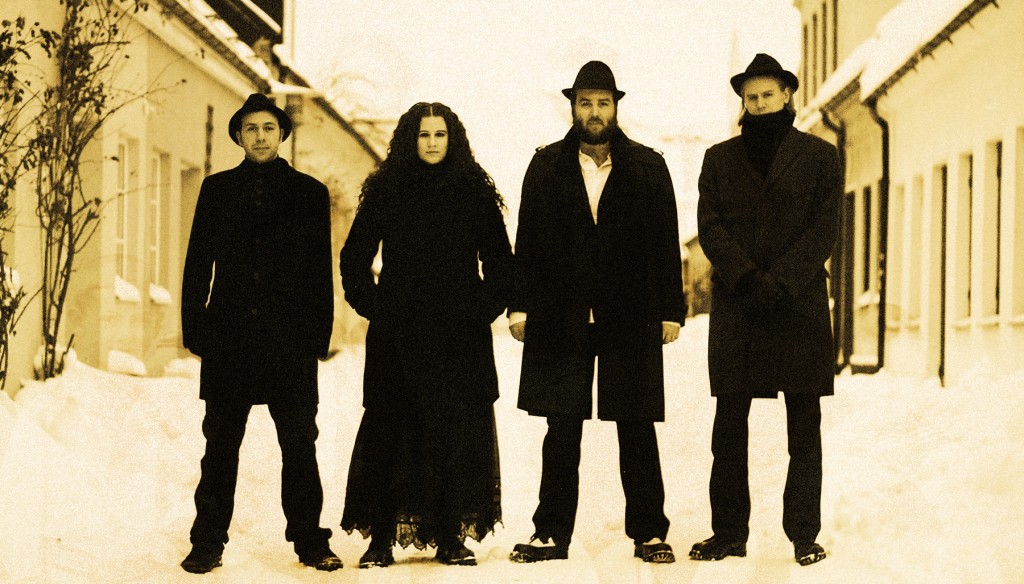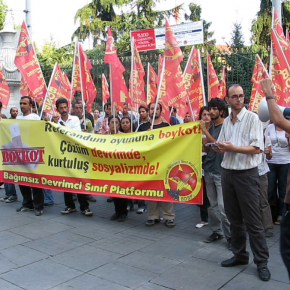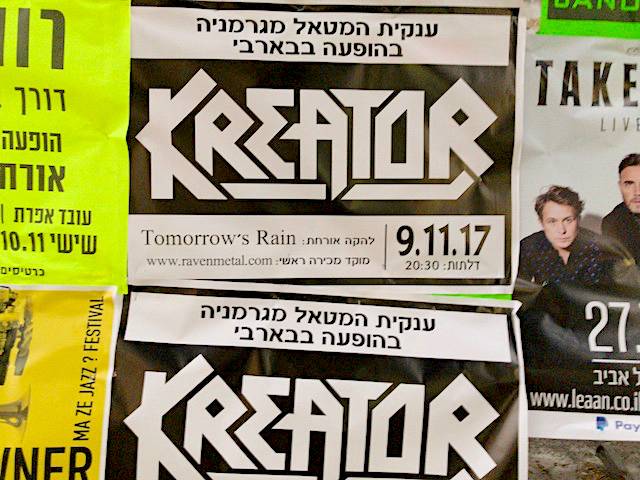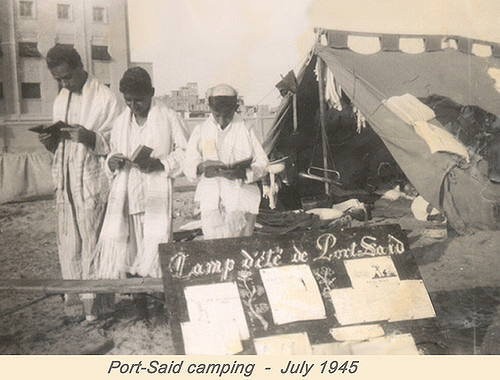Heavy Metal is often seen as a quintessentially white, Western, music. That is indeed the case much of the time. Metal emerged out of white, blue collar mutilations of the blues in working class heartlands such as the West Midlands. Metal imagery is often festooned with such ur-symbols of whiteness such as Viking warriors and corpse-painted pagans amid the snowy forests of Scandinavia. In its four decades of development, metal has largely eschewed references to its blues roots and black metal musicians and fans remain rare (the Botswanan metal scene being one of the very few exceptions to the rule.)
However, over the last two decades a counter-trend has emerged that has seen metal embrace a more complicated relationship to ethnicity and nation. Spurred on by pioneers such as Brazil’s Sepultura, it has become increasingly common for metal bands to explore local identities within a global scene. Indeed, a whole sub-genre – ‘folk metal’ has developed, mixing metal with a host of traditional musics. Although much of this has taken place in Scandinavia and northern Europe, more exotic – and much less ‘white’ – fusions have also taken place, as with Chthonic’s Taiwanese metal and Orphaned Land’s Israeli-based Middle Eastern metal.
As a scholar I’ve tracked these developments since the mid-1990s. But there is one type of folk metal that I have longed for and that has been stubbornly slow to be born – Jewish metal. In my blog Metal Jew, I’ve highlighted those isolated examples of Jewish metal, such as Jamie Saft’s Black Shabbis project. What has been striking by its absence has been a fusion of metal the most well-known form of Jewish music, klezmer.
You would think that, given klezmer’s similarity to other forms of Northern European folk musics, that a klezmer-metal fusion would not be difficult to achieve. But it is only recently that we have seen a systematic move in this direction.
Dibbukim hail from Sweden, one of the most productive metal scenes in the world, and half the band are Jewish Yiddish speakers. Their new album As a Foygl un a Goylem Tantsn (‘As a Bird and a Golem Dances’) represents a whole-hearted attempt to combine Yiddish music and metal. Some of their songs are originals and they also cover Yiddish standards such as ‘Yidl Mitn Fidl’. The instrumentation is far from traditional though – a standard metal bass/drums/guitar set up with male and female vocals.
The lack of violin, accordion or clarinet means that Dibbukim’s music lacks some of the distinctive klezmer sound – that uncanny mix of melancholy and joy. The rhythms and vocals though are are more familiarly klezmerish. That isn’t to say that Dibbukim’s music stands or falls on how ‘authentic’ it is (klezmer is itself such a hybrid genre as to make such judgements anachronistic), but it is clearly based on a serious and well-meaning attempt to combine the two genres.
Dibbukim is most reminiscent of Scandinavian folk metal acts, sharing for example its frenetic two-in-a-bar rhythms with Finnish ‘humpaa-metal’ act Finntroll. In my opinion, Dibbukim need to work more on making the klezmer-metal fusion sound more seamless and less clunky – perhaps what is missing is a violin to leaven the power chords. Israel’s Gevolt are perhaps a more substantial proposition that Dibbukim.
Their new album Alef Base – which is free to download from their site – is their second and the experience shows. They cover Yiddish standards such as ‘Tum Balalaika’, but their music is far from an uncomfortable pastiche. What’s interesting is that while Gevolt’s use of violin and Anatoly Bonder’s heartfelt Yiddish diction tick those authenticity boxes more than Dibbukim, their music offers a much more interesting and unique kind of hybrid. The closest musical reference point is not folk metal but Rammstein and the Neue Deutsche Härte.
Bonder’s dramatic vocal stylings recall Till Lindemann, their Yiddish cadences offering an implicit commentary on Germanic hardness. It is this counterpoint between Germanic hardness and lilting Yiddishisms that make Gevolt so interesting. Their version of the famous World War Two Jewish partisan anthem Zog Nit Keyn Mol throws up a host of fascinating issues: is Gevolt’s Yiddish metal a celebration of Jewish – non-Zionist – hardness? Or is it a more nuanced and ironic exploration of Jewish hard masculinity? As with Rammstein, you never really know. There lies Gevolt’s interest.
Whatever the relationship between Gevolt and Dibbukim with Jewishness may or may not be, there is no mistaking their metalness. Pitom are a much more complex proposition; an act whose Jewishness and metalness are constantly in motion, avoiding pre-determined meanings. Their new album Blasphemy and Other Serious Crimes is out on John Zorn’s Tzadik label – the home of the finest ambiguously Jewish music. Led by guitarist Yoshie Fruchter, this US-based group are a lean and vocal-less four-piece based around nimble, dueling guitars and violin, backed up by busy drumming and a fuzzed-out bass guitar.
Pitom’s music is always in motion, refusing to come to rest on any own genre or identity. Sometimes Pitom will alight on a meaty metal or punk riff only to move off somewhere less constricting. Sometimes they introduce an unmistakably klezmer-ish melody, only to fly away into free-form improvisation. Blasphemy and Other Serious Crimes is a frustrating delight which may be ‘heavy’ at times, but – unlike Dibbukim or Gevolt – its musical playfulness makes it as light as a feather.
Pitom’s model of Jewish metal – if it can be called a model at all – is perhaps a more productive one. Although I enjoyed Gevolt and Dibbukim’s albums, I am also aware that one has to be careful what one wishes for. I may have yearned for Jewish metal for years, but ultimately it may be a more exciting Jewish practice to refuse the kind of closure that a fully fledged genre would produce. Maybe Jewish metal is ideally elusive, just as Jewishness itself should be.






they are so.. metal! gevolt, dibbukim, yiddish princess… is it a movement yet?